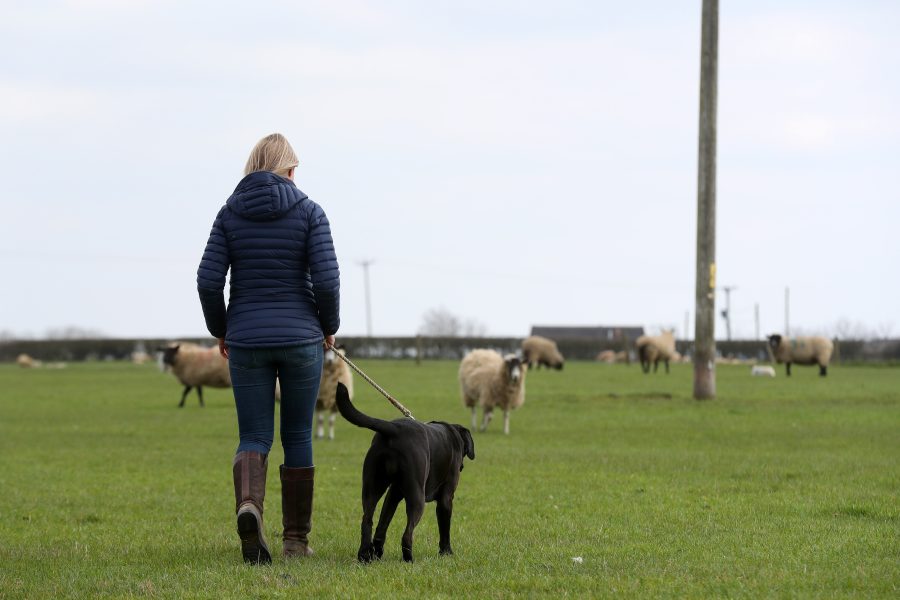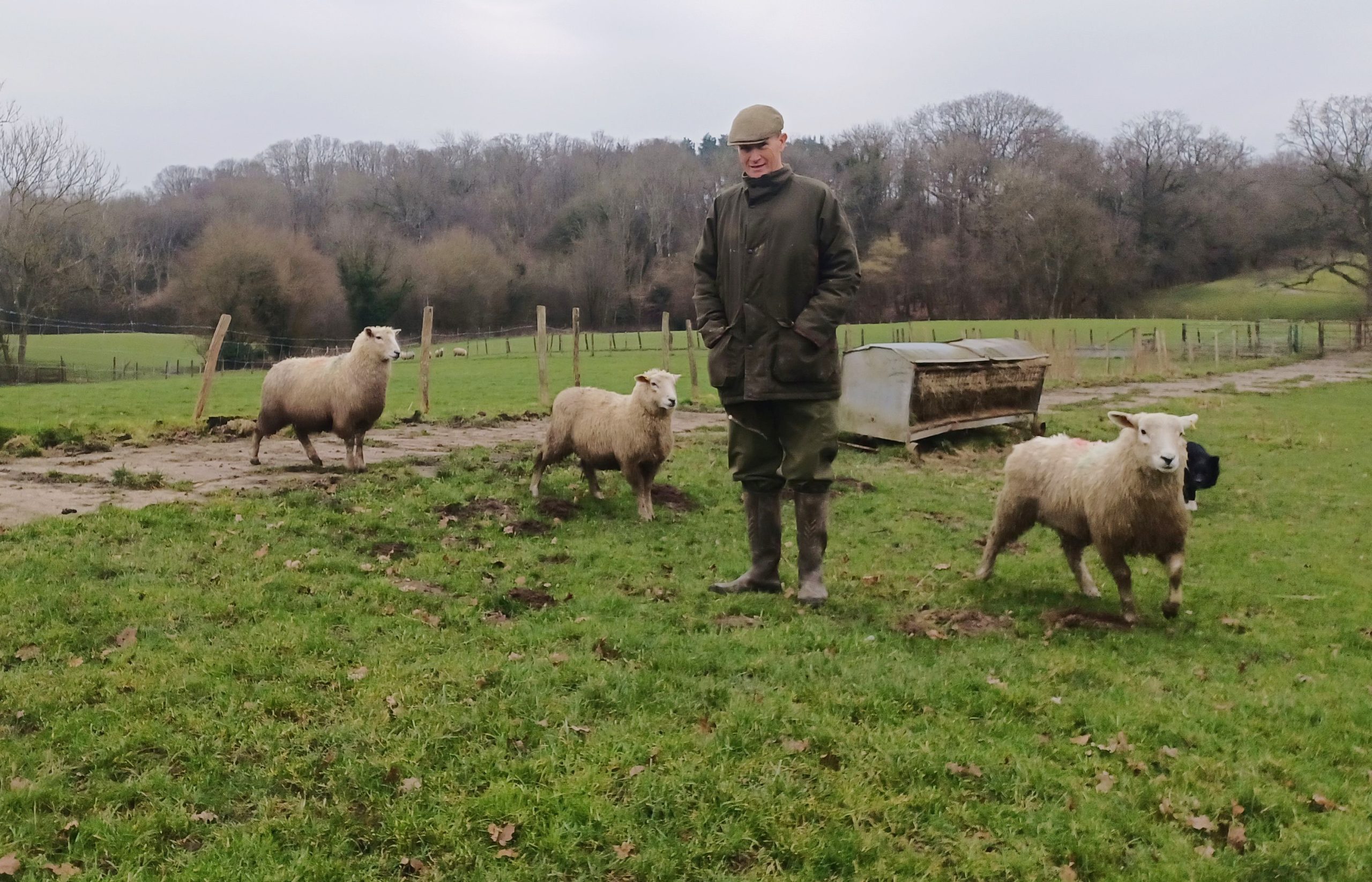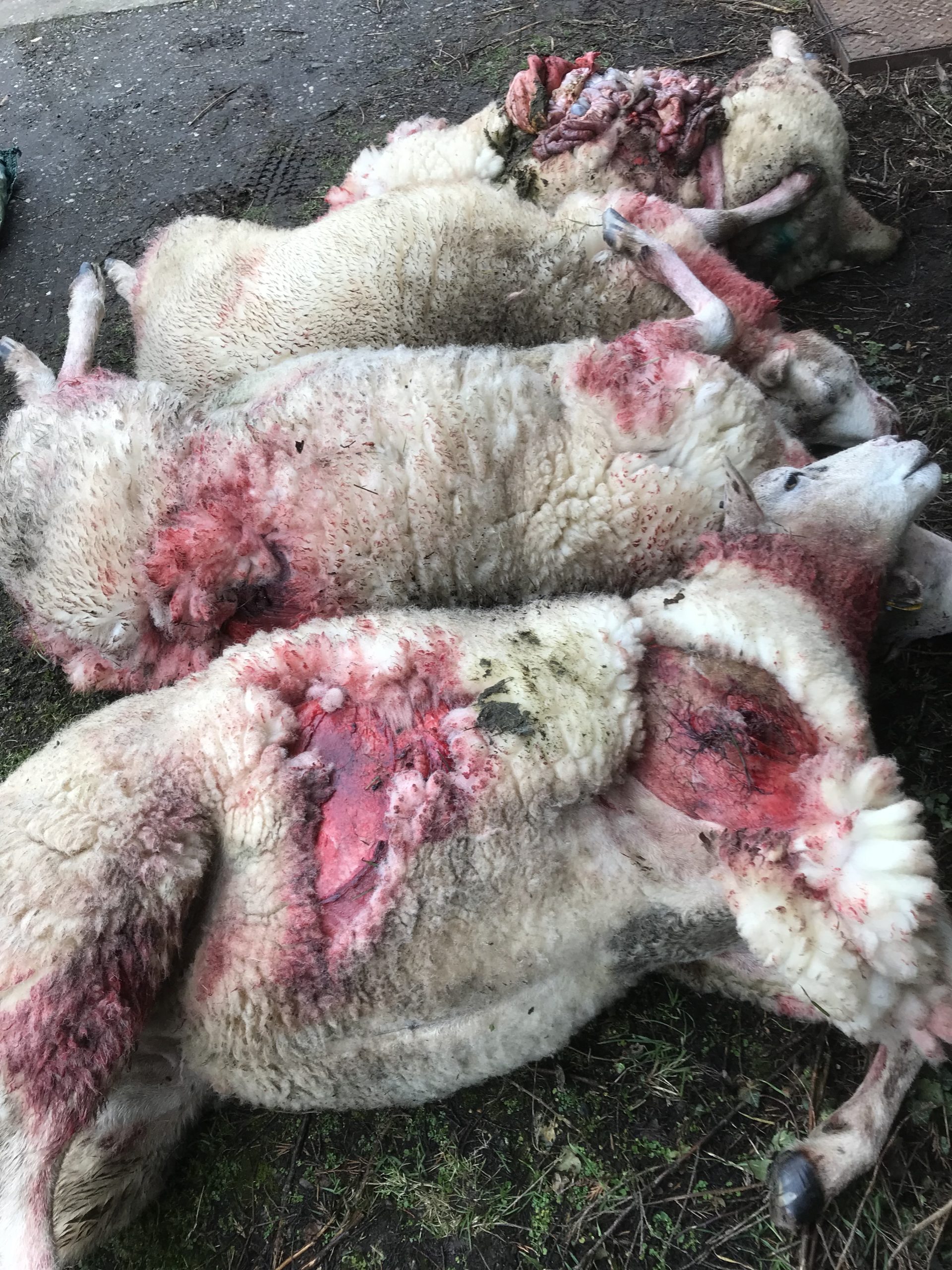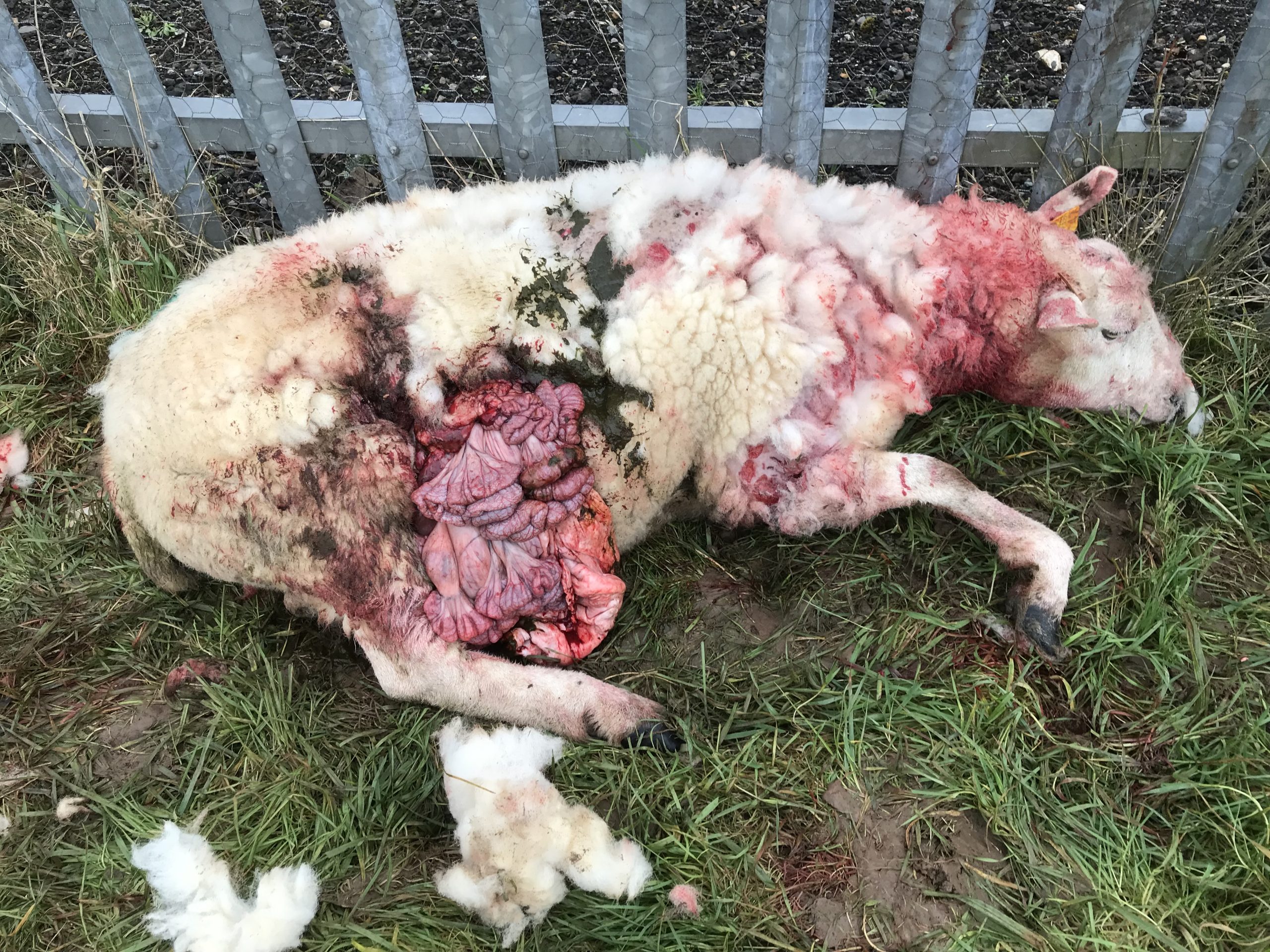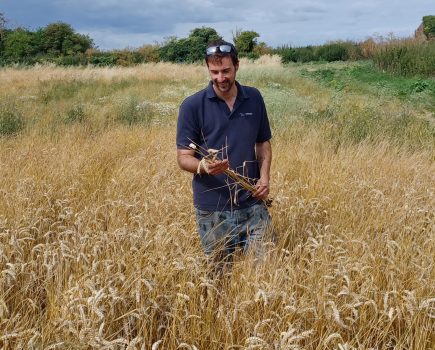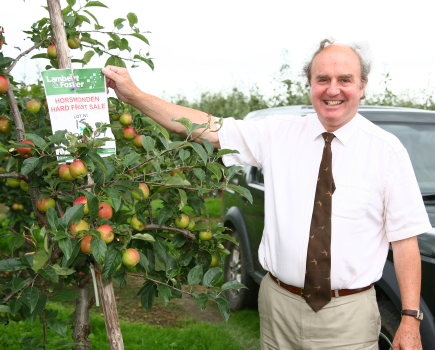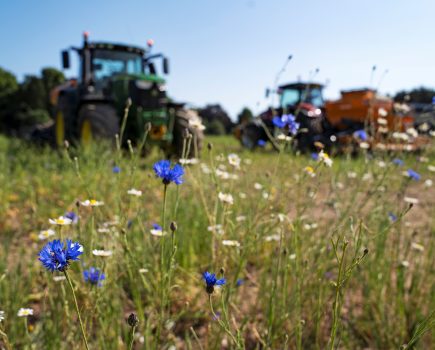The worrying of sheep by dogs has long been an emotive issue, a constant nagging worry at the back of almost every sheep keeper’s mind. Simply hearing of an incident of sheep worrying will produce the same gut-wrenching feeling for many producers, but the one thing that brings it into laser-sharp focus is an attack on one’s own sheep. Then it becomes personal.
I was unfortunate enough in the middle of February to get the phone call that every sheep keeper dreads. “There are dogs in with your sheep.” At the time I was busy sorting mothering pens in preparation for lambing. The in-lamb ewes were just a couple of minutes away, in theory, but with a lorry craning off a delivery of bricks, the village was in gridlock, and a two-minute journey became 20 minutes, stuck in traffic knowing that there were two dogs in with my ewes, which significantly heightened my anxiety.
Fortunately, the person who phoned had also called the police, and a passing patrol had arrived ahead of me, not only catching the dogs in the act with bodycam video evidence but managing to restrain one of them.
With the older dog restrained, the other, fortunately, didn’t appear to have the energy or confidence to continue the attack on its own. It still had a group cornered and was barking at them, but it ran off when I arrived.
I focused on getting the scattered groups of ewes into a smaller paddock where they were relatively safe, before returning to the four sheep that were down. None had been killed, but all were so badly injured that they had to be shot, which, if anything, made the situation worse; a shocking waste of four, in-lamb, pedigree ewes, one only a teg, each carrying twins, ewes that represented 30-plus years of breeding. A further six, some quite badly injured, required four hours of veterinary attention, with two still requiring attention several weeks later and which may ultimately also need to be shot.
On the positive side, my thoughts were that at least one of the dogs had been caught. The PCs were brilliant; one spent the best part of an hour on his knees restraining the dog and had called for a van to take the dog away. Eventually a sergeant arrived with van and a chip reader.
I knew the dogs; I had experience of them from an attack some five years previously. Nothing major that time, just a few ears stitched back on, and I said to the sergeant that I did not want the dog returned to its owner. Surprisingly, once the chip had been read and ownership confirmed, I was told that the police have no power of seizure and that it would need to be returned to its owner, which it was almost immediately.
The two dogs were loose again five days later, but once retrieved by their owner were voluntarily euthanised, sad because it is not the fault of the dogs, but necessary.
One obvious thing to come out of this unfortunate incident has been to highlight just how appallingly inadequate the law is; the worrying of livestock by dogs is something that is part of the daily reality of livestock keepers across the country and the level of protection currently afforded both to livestock and their keepers is in urgent need of review, updating and strengthening.
I fully intend to keep raising the profile of this issue and urge all sheep keepers across the country to do likewise, publicising, with graphic images, if necessary, attacks on local social media sites, reporting all attacks to the police, writing to members of parliament, whatever it takes. Irresponsible dog ownership, allowing dogs to roam free near to livestock or not putting dogs on leads, needs to become socially unacceptable, and penalties for those who choose not to follow the law need to be significantly enhanced.
The Kent Police Rural Task Force has been brilliant and supportive. Justice may frequently not be done, but it is no good shouting at those responsible for enforcement if the law is wrong; they all have to operate within current legislation.
Sergeant Darren Wilshaw told me that the Protection of Livestock Act 1953 has limitations that can hinder investigations. For instance, some modern livestock, such as alpacas and llamas, are not covered. There is no power to seize a dog involved in a serious incident, although a dog can be seized if an owner is not present. There is no power to identify a suspect dog.
Sgt Wilshaw said the Dogs (Protection of Livestock) (Amendment) Bill, now awaiting its committee stage, would give police greater powers, including powers to seize dogs after serious incidents, powers of entry to locate and seize dogs and the ability to take evidence samples from dogs to assist with investigations.
The rural task force has been using forensic capture at livestock incidents for three or four years now, Sgt Wilshaw told me. “This is done with the consent of the dog owner, although we have on one occasion obtained a warrant to take samples. We have had positive results where the suspect dog has been forensically linked to the incident,” he explained.
“A large percentage of cases are dealt with out of court, generally by way of community resolution, whereby we arrange for the dog owner to pay the livestock owner compensation for any loss or damages. In addition, we will always look at preventative measures as well, such as completing a Sheep Proof Your Dog course and improving garden boundary security.
Sgt Wilshaw added that while the NFU figures reported on page 10 showed incidents in the South East had increased, Kent had seen a fall.
He stressed:
- Livestock worrying is a crime and must be reported to the police. Dogs worrying livestock is considered an emergency if it is taking place at the time and there is, or there is likely to be, serious damage to livestock, so dial 999.
- Provide an accurate location. If possible, and in a remote area, arrange to meet officers to guide them to the location.
- Preserve attacked livestock for forensic examination.
- If it is raining or wet, please cover any carcasses with waterproof material to help the police obtain the best evidence.
- Take photographs and video of the attacked livestock and the whole scene as well as detailed close-ups and ear tag numbers. If possible, obtain a veterinary examination.
- Kent sheep farmer and dog trainer Tobin Bird on his farm near Cranbrook ©Adam Lazzari/ NFU
Working together
The NFU, Kent Police and Kent Trading Standards are working together to raise awareness of the issue and urge people to keep their dogs on a lead around livestock.
The latest figures from insurers NFU Mutual show that farm animals in the South East of England worth an estimated £139,000 were severely injured or killed in dog attacks in 2024, up 23% on 2023. This is in contrast to the UK as a whole, which saw almost £1.8m of livestock injured or killed, down 26% compared to 2023.
Kent sheep farmer and NFU member Tobin Bird, who farms near Cranbrook, started his dog training business, Sheep Proof Your Dog, 12 years ago in an effort to tackle the problem.
He said: “These figures are very concerning and there are also many incidents that are not reported, which are not included in the figures.
“People often come to me for dog training after an incident. I was training about 300 dogs a year; that shot up to 500 a year for a period after lockdown. People are often unaware of what their dogs are capable of and how quickly things can get out of control.
“It is vital that people keep their dog on a lead around livestock. It is also important to check your properties and gardens are secure when you have dogs.
“I appreciate that most dog owners are responsible, but everyone needs to take responsibility for their pets in order to tackle this very serious issue.”

For more like this, sign up for the FREE South East Farmer e-newsletter here and receive all the latest farming news, reviews and insight straight to your inbox.

